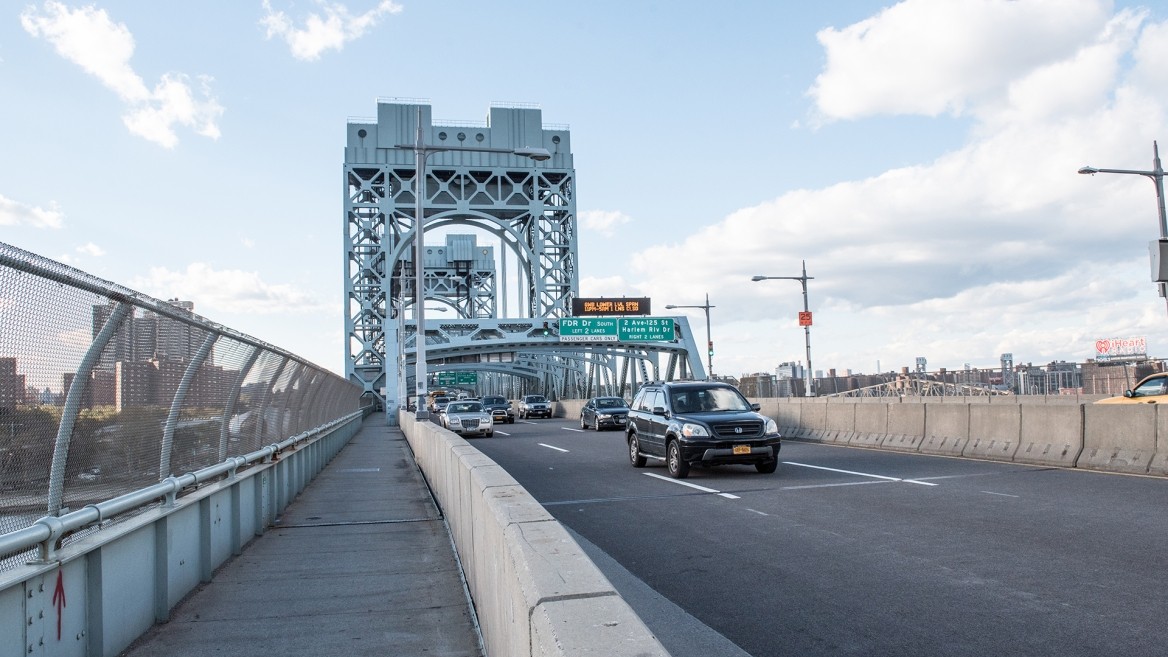Robert F. Kennedy Bridge, Seismic and Wind Investigation

TYLin performed a seismic investigation for the Robert F. Kennedy Bridge structure and a wind study for its suspended spans.
The Robert F. Kennedy Bridge (RFK) Bridge, also known as the Triborough Bridge, consists of three bridges, a viaduct, and 14 miles of approach roads connecting Manhattan, Queens, and the Bronx in New York, New York.
Opened in 1936, the extensive, complex bridge structure consists of a suspension bridge, truss bridges, a lift span, steel girder bridges, and a concrete rigid frame structure. Overall project scope included the suspension bridge, approach viaducts on both sides of the suspension bridge, two truss bridges, two toll plaza structures, and various ramp structures.
As a partner in a joint venture, TYLin was responsible for site investigation, site response analysis, development of site-specific ground motions, ambient vibration testing, development of project-specific design criteria, modeling, seismic analysis, and the vulnerability assessment and seismic investigation and wind study for the suspended spans.
The team prepared the project-specific seismic design and performance criteria that were referenced throughout the project. The report outlined the performance and technical criteria to be used in the analysis of the various bridges, the determination of the bridge vulnerabilities, and the selection of retrofit measures.
TYLin then created finite element (FE) models of all bridge structures within the scope to determine vibration characteristics, modal periods, vibration frequencies, and mass participation ratios, all summarized in a vibration characteristics report.
At the completion of the vibration characteristic study, 1,000-year and 2,500-year return period events were introduced to the FE models, and a detailed seismic analysis was performed to determine demand/capacity (D/C) ratios for each component evaluated. A vulnerability report was then prepared, identifying each component with a D/C ratio of less than 1.0.
Project Highlights:
- For the evaluation, TYLin used state-of-the-art methods and technical criteria to ensure uniform performance of all structures.
- TYLin’s scope included evaluating the Harlem River Lift Bridge, the Bronx Truss, and five highly curved, reinforced concrete and steel ramp structures.
- The final seismic retrofit report included retrofit options and recommendations for vulnerable components, with itemized costs for completing the retrofits.